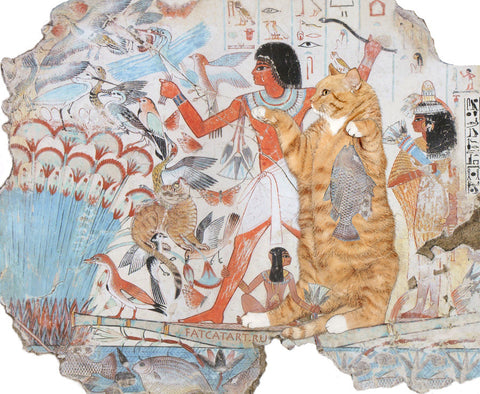Your Cart is Empty
Current Offer: Diet/Powder Products Get FREE Shipping >> View Qualifying Products Here
Current Offer: Diet/Powder Products Get FREE Shipping >> View Qualifying Products Here

The concept of tilapia farming is far from new. The oldest known example of tilapia farming is depicted in a type of bas-relief inside an Egyptian tomb from approximately 4,000 years ago. The ancient Egyptians called the fish ín.t, and created a special hieroglyph for it, as it was very important to them.
In addition to ancient Egyptians, tilapia has been an important source of food for many people in Africa and the Levant. The Greek also appreciate tilapia, and it is believed that Aristotle named it Tilapia niloticus (fish of the Nile), in 300 B.C.
Tilapia is also part of Christian mythology, in that the fish caught by Peter, the apostle, in Matthew 17:27 was believed to be tilapia. Tilapia has been fished int he Sea of Galilee for thousands of years. A common bible story says that with only five loaves of bread and two fish, Jesus fed 5,000 people. Scholars surmise that those fish were tilapia.
In the mid 1980s, tilapia began appearing in the aquaculture industry as an attractive food fish. Tilapia aquaculture seems to grow in importance, and because of this, the young and rapidly growing industry has begun toughening regulation and improving standards, befitting everyone.
According to a Seafood Watch report by the Monterey Bay Aquarium, tilapia are the most widely grow of any farmed fish, due to their adaptability, ease of culturing, ability to occupy a wide range of habitats, high rate of reproduction, and the fact that they readily establish self reproducing populations. They also provide more protein than it takes to raise them, unlike farmed tuna and salmon.
Small scale tilapia farming is still and important source of protein for many families around the world. Large scale aquaponics systems are growing rapidly, as well, because they can bring food directly to urban communities in a sustainable and efficient manner. Tilapia in aquaponics is changing the way we feed the world.